Home>Home Appliances>Home Automation Appliances>Why Is Alexa Saying “Having Trouble Understanding”?


Home Automation Appliances
Why Is Alexa Saying “Having Trouble Understanding”?
Published: January 5, 2024
Discover why your home automation appliances might be causing Alexa to say "Having Trouble Understanding" and how to fix it. Learn more about home automation issues.
(Many of the links in this article redirect to a specific reviewed product. Your purchase of these products through affiliate links helps to generate commission for Storables.com, at no extra cost. Learn more)
Introduction
Read more: Why Does Alexa Say “Server Unresponsive”
The Enigma of Alexa's Verbal Quandary
Alexa, the voice-controlled virtual assistant, has revolutionized the way we interact with our homes. From turning on lights to playing music and providing weather updates, Alexa has become an integral part of our daily lives. However, there are instances when Alexa may utter the perplexing phrase, "Having trouble understanding." This enigmatic statement can leave users wondering about the root cause of Alexa's verbal quandary.
In this comprehensive guide, we delve into the intricacies of Alexa's limitations, the common reasons behind her struggles, and effective solutions to address her understanding issues. By unraveling the mystery behind Alexa's occasional communication hiccups, we aim to empower users to optimize their interactions with this innovative virtual assistant. Let's embark on a journey to demystify the perplexing phrase "Having trouble understanding" and equip ourselves with the knowledge to enhance our Alexa experience.
Key Takeaways:
- Alexa’s occasional confusion is normal due to complex commands and background noise. Clear, concise instructions and a quiet environment can help improve communication with Alexa.
- Understanding Alexa’s limitations and implementing practical solutions can empower seamless interactions, making the experience with this virtual assistant more rewarding and enjoyable.
Understanding Alexa’s Limitations
Alexa’s Remarkable Capabilities and Inherent Constraints
While Alexa boasts an impressive array of features and functionalities, it is essential to recognize that she also has inherent limitations. Understanding these constraints is crucial for users seeking to maximize their interactions with this virtual assistant.
One of Alexa’s primary limitations lies in her ability to comprehend and respond to natural language commands. Although she excels at interpreting a wide range of instructions, there are instances where her linguistic processing may falter, leading to the familiar statement, “Having trouble understanding.” This limitation stems from the complexity of natural language processing and the intricacies of contextual comprehension, which can pose challenges for virtual assistants like Alexa.
Furthermore, Alexa’s understanding may be impeded by environmental factors, such as background noise or poor audio quality. In scenarios where the acoustic conditions are less than optimal, Alexa may struggle to accurately perceive and interpret verbal commands, resulting in communication difficulties.
Another aspect of Alexa’s limitations pertains to her capacity to comprehend highly nuanced or contextually ambiguous requests. While she excels at executing straightforward commands, she may encounter difficulties when confronted with intricate or convoluted instructions, leading to the expression of uncertainty in the form of “Having trouble understanding.”
It is important for users to acknowledge that while Alexa’s capabilities are remarkable, her limitations are inherent to the current state of artificial intelligence and natural language processing. By understanding these constraints, users can approach their interactions with Alexa with realistic expectations, thereby mitigating frustration and optimizing their overall experience with this innovative virtual assistant.
Common Reasons for Alexa’s Troubles
Unveiling the Culprits Behind Alexa’s Verbal Hiccups
Alexa’s occasional struggles in understanding and responding to commands can be attributed to a myriad of factors. By identifying the common reasons for her communication hiccups, users can gain valuable insights into troubleshooting and optimizing their interactions with this virtual assistant.
- Complex Commands: Alexa may encounter difficulties when processing complex or convoluted commands that deviate from standard syntax or require intricate contextual comprehension.
- Background Noise: Environmental factors such as excessive background noise or poor acoustics can impede Alexa’s ability to accurately perceive and interpret verbal instructions, leading to communication challenges.
- Ambiguous Phrasing: Requests that are phrased ambiguously or lack clarity may pose challenges for Alexa, causing her to express uncertainty in understanding the command.
- Device Malfunction: Technical issues or malfunctions within the Alexa-enabled device, such as microphone sensitivity issues or connectivity disruptions, can contribute to communication breakdowns.
- Language Variations: Alexa’s proficiency in understanding and responding to diverse languages and accents may vary, leading to occasional difficulties in interpreting non-standard linguistic inputs.
By recognizing these common reasons for Alexa’s communication troubles, users can proactively address and mitigate potential challenges, fostering a more seamless and rewarding interaction with this virtual assistant.
Read more: Why Does Alexa Say “Internet Not Reachable”
Solutions for Alexa’s Understanding Issues
Navigating Communication Hurdles with Alexa
Effectively addressing Alexa’s understanding issues entails implementing practical solutions to optimize communication and enhance the overall user experience. By leveraging these solutions, users can mitigate potential challenges and foster a more seamless interaction with this innovative virtual assistant.
- Clear and Concise Commands: Articulating commands in a clear, concise manner can enhance Alexa’s comprehension and minimize the likelihood of communication breakdowns.
- Minimizing Background Noise: Creating an environment with minimal background noise can improve Alexa’s ability to accurately perceive and interpret verbal instructions, facilitating smoother communication.
- Contextual Clarity: Providing contextual clarity in commands and requests can aid Alexa in better understanding and executing instructions, reducing the occurrence of communication hiccups.
- Device Maintenance: Regularly maintaining and troubleshooting Alexa-enabled devices can help address technical issues and malfunctions that may impede communication with the virtual assistant.
- Language Adaptation: Familiarizing Alexa with diverse language variations and accents through the appropriate settings and configurations can enhance her proficiency in understanding non-standard linguistic inputs.
By implementing these solutions, users can proactively optimize their interactions with Alexa, mitigating understanding issues and fostering a more fluid and rewarding user experience.
html
Conclusion
Empowering Seamless Interactions with Alexa
As we unravel the intricacies of Alexa’s occasional verbal quandaries, we gain valuable insights into the factors influencing her understanding and communication capabilities. By acknowledging Alexa’s limitations and delving into the common reasons behind her communication hiccups, users can navigate these challenges with informed strategies and practical solutions.
It is imperative for users to approach their interactions with Alexa with a nuanced understanding of her capabilities and constraints. Clear and concise commands, a conducive acoustic environment, contextual clarity, and proactive device maintenance are instrumental in optimizing communication with this virtual assistant.
By embracing these insights and implementing the recommended solutions, users can empower seamless interactions with Alexa, mitigating understanding issues and fostering a more fluid and rewarding user experience. As advancements in artificial intelligence and natural language processing continue to evolve, Alexa’s communication capabilities are poised to further enhance, offering users an increasingly intuitive and responsive virtual assistant.
With a deeper understanding of Alexa’s verbal hiccups and the tools to address them, users are poised to embark on a journey of seamless and enriching interactions with this innovative virtual assistant, unlocking the full potential of voice-controlled home automation and appliance management.
Frequently Asked Questions about Why Is Alexa Saying "Having Trouble Understanding"?
Was this page helpful?
At Storables.com, we guarantee accurate and reliable information. Our content, validated by Expert Board Contributors, is crafted following stringent Editorial Policies. We're committed to providing you with well-researched, expert-backed insights for all your informational needs.
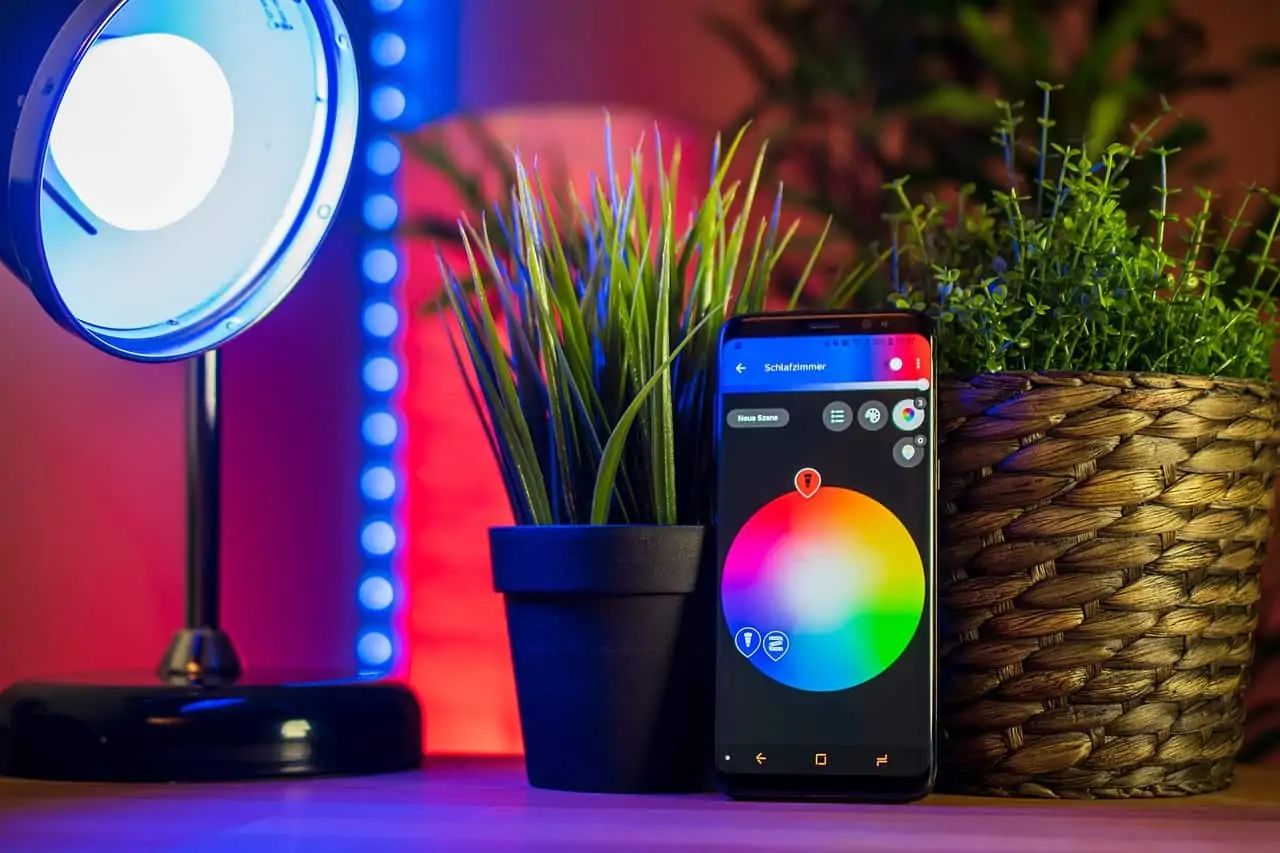

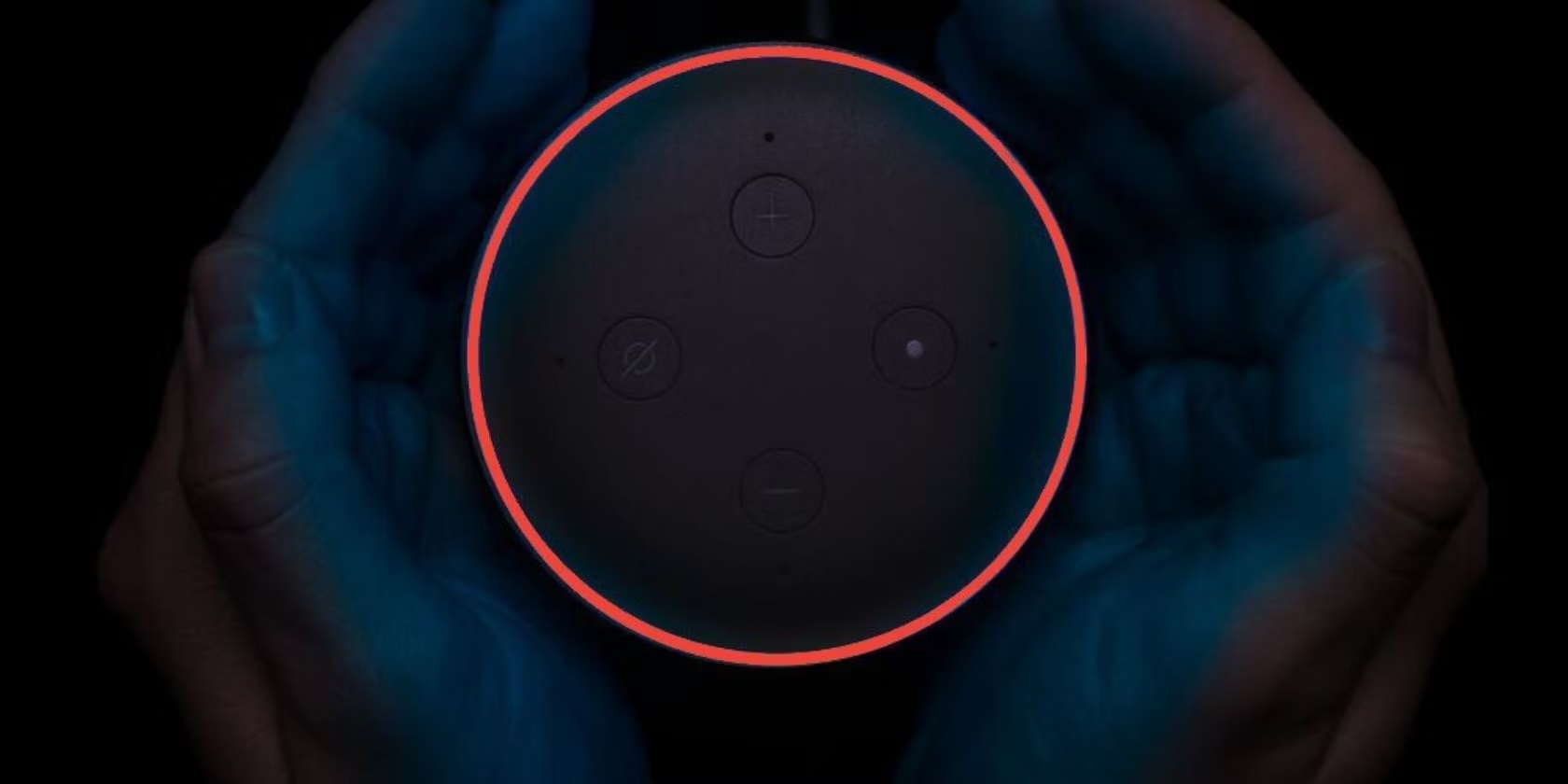
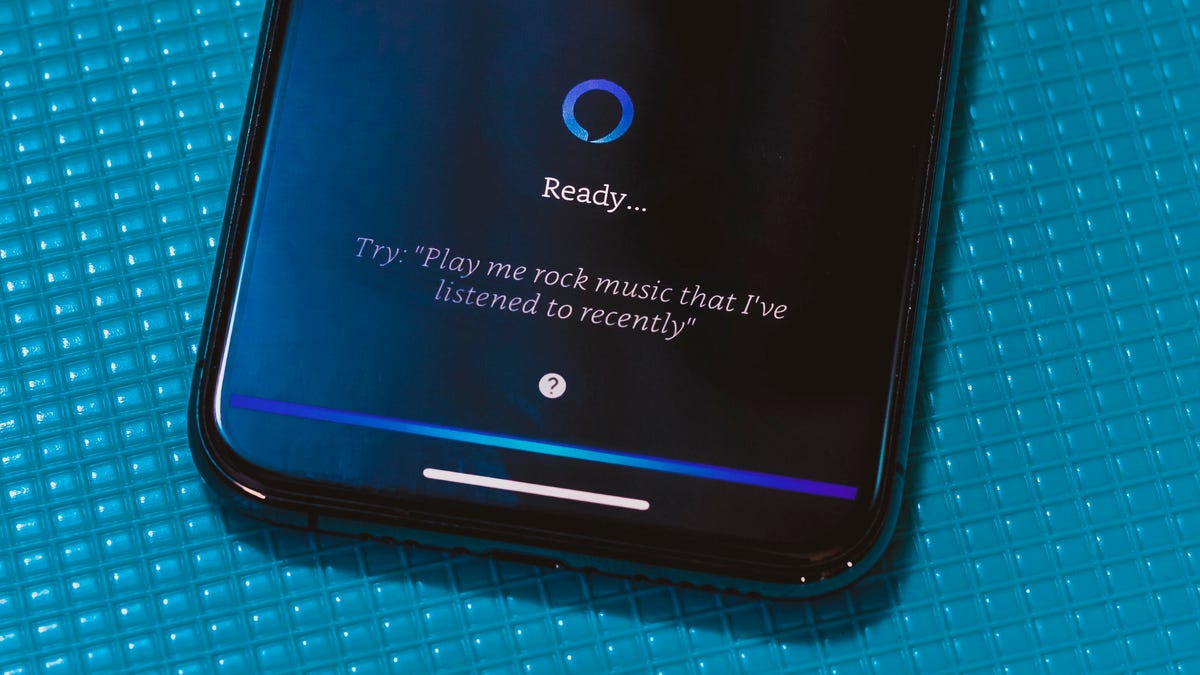


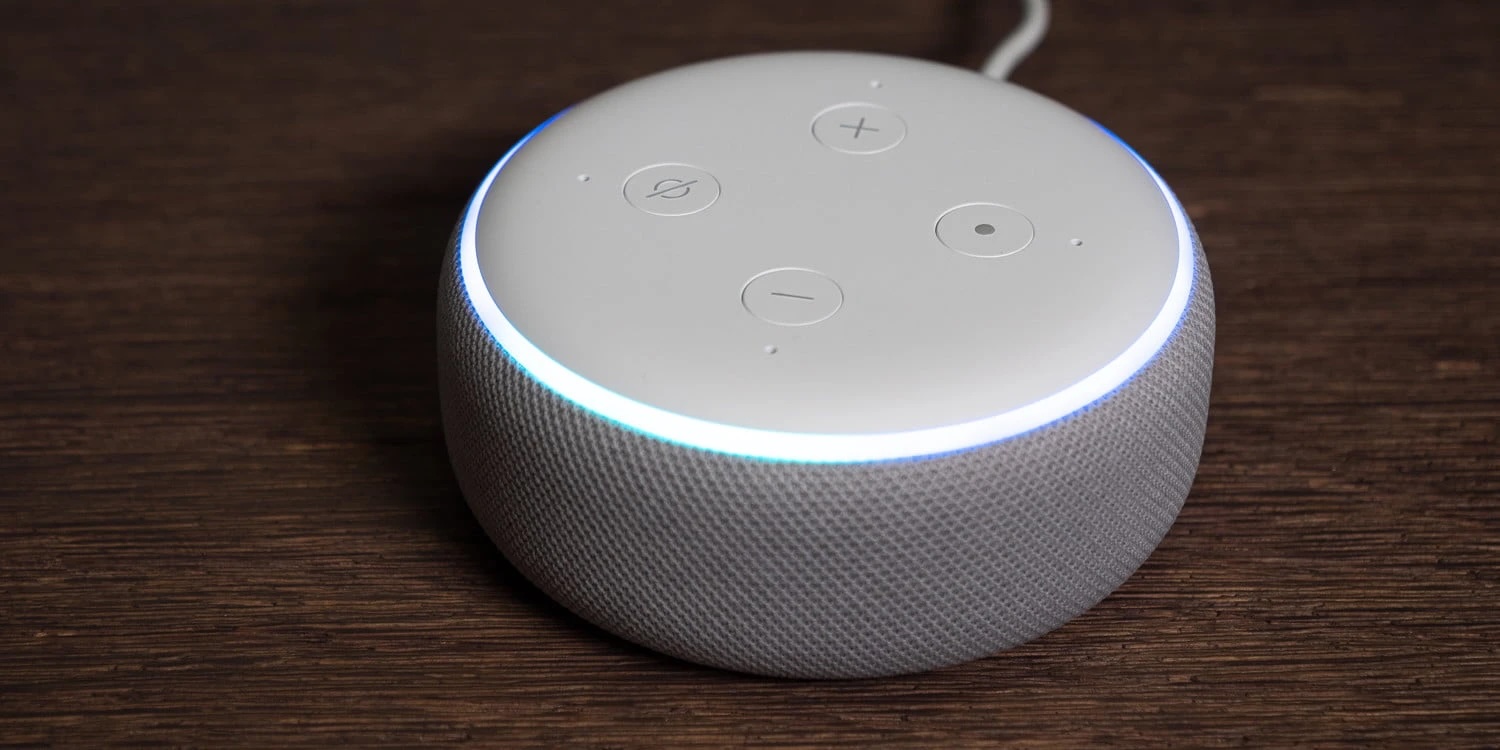

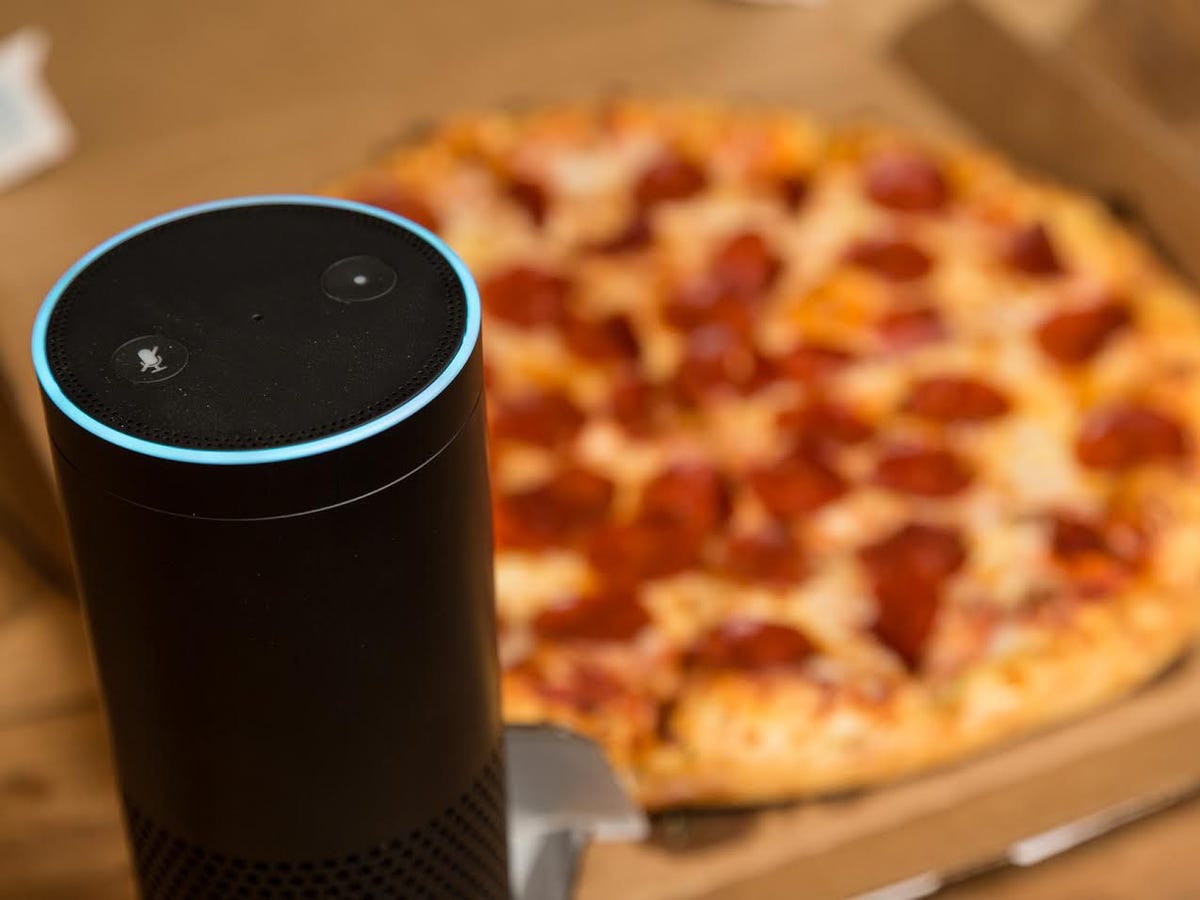

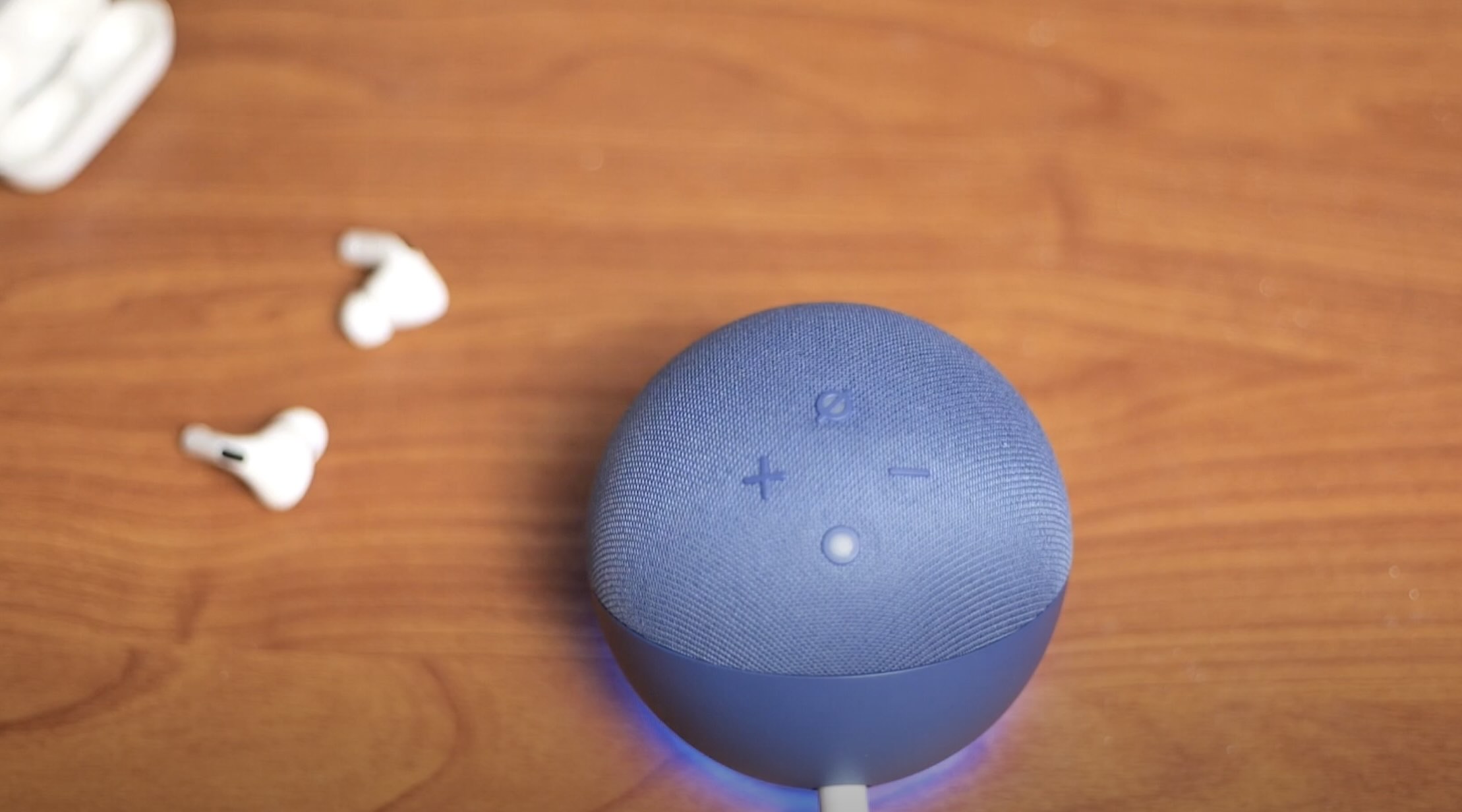




0 thoughts on “Why Is Alexa Saying “Having Trouble Understanding”?”